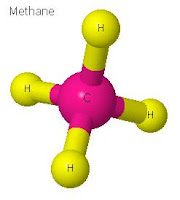Sources of Energy
(Q & A)
Q1: Fill in the blanks.
(a) Hydro power plants convert _________ energy of falling water into electricity.
(b) When wood is burnt in a limited supply of oxygen, ______ is left behind as residue.
(c) Gases like ______, _____, ______ and ______ are generated in a biogas plant.
(d) Biogas contains _____ % methane.
(e) To maintain the required speed of the turbine, wind speed should be higher than _____.
(f) To establish 1 MW generator, the wind energy farm needs about ___ hectares of land.
(g) Ocean Thermal Energy plants can operate if the temperature difference between the water at the surface and water at depths up to ______ km is _______ or more.
(h) ______ and _______ countries have number of power plants based on geothermal energy.
Answer:









